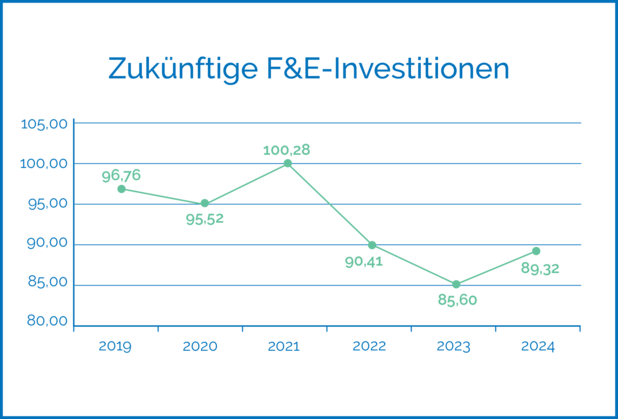Helmholtz High Impact Award 2024 presented

The Helmholtz Association and the Stifterverband für die Deutsche Wissenschaft have awarded the biochemist Oliver Bruns (NCT/UCC Dresden and DKFZ) and the chemist Ellen Sletten (UCLA) with the Helmholtz High Impact Award 2024. Both are honored for their research on a new medical imaging technology in the short-wave infrared (SWIR) range, which has the potential to significantly improve the surgical removal of tumors. The scientific prize, endowed with €50,000, recognizes interdisciplinary research that addresses major challenges in science, industry, or society.

Ellen Sletten and Oliver Bruns are being recognized for an innovative method that combines short-wave infrared light with special fluorescent dyes and advanced camera technology. During surgery, individual cancer cells at tumor margins and in lymph nodes could be detected in the future. “The biggest challenge in optical imaging in humans is penetrating tissue,” says chemist Ellen Sletten. The technology she developed with her colleague Oliver Bruns overcomes this problem: “We can now create images that make different tissue types visible based on their water content. For instance, a nerve has a higher water content than fatty tissue and thus appears black,” explains Oliver Bruns. This process, known as SWIR imaging, could, in combination with special fluorescent dyes, specifically highlight certain tissues and structures, such as tumors or blood vessels. The two scientists are currently developing special dyes suitable for clinical use as contrast agents.
The scientists and their teams work at the intersection of biology, chemistry, engineering, and medicine to improve patient treatment. Their research is based at the National Center for Tumor Diseases Dresden (NCT/UCC), a joint institution of the German Cancer Research Center (DKFZ), University Hospital Carl Gustav Carus Dresden, the Faculty of Medicine of TU Dresden, and the Helmholtz-Zentrum Dresden-Rossendorf (HZDR). Oliver Bruns has led the Department of Functional Imaging in Operative Oncology at NCT/UCC Dresden since 2022. He holds a professorship at the Faculty of Medicine of TU Dresden, funded by the DKFZ. Previously, he worked at the Helmholtz Pioneer Campus in Munich, where much of the now-awarded work was developed. Ellen Sletten is a professor at the University of California, Los Angeles (UCLA) and is among the most renowned and leading chemists at her university. She is particularly known for her research on short-wave infrared dyes, which are essential for the awarded imaging method.
“The NCT was founded with the goal of rapidly and safely translating promising findings from cancer research into clinical practice. This year’s Helmholtz High Impact Award winners impressively demonstrate how close we have already come to achieving this goal,” emphasizes Otmar Wiestler, President of the Helmholtz Association. In line with the NCT’s mission to involve patients early in the research process and offer them innovative treatments as soon as possible, Oliver Bruns and Ellen Sletten, together with physicians, are currently preparing clinical trials of their new imaging technology at the NCT.
About the High Impact Award
Together with the Stifterverband für die Deutsche Wissenschaft, the Helmholtz Association is awarding the “Helmholtz High Impact Award” for the second time, after its establishment last year. The award, endowed with €50,000, recognizes highly innovative interdisciplinary contributions that address a major challenge in science, industry, or society. The scientific prize honors outstanding scientific or technically innovative achievements made in the border areas between various fields of medicine, natural, and engineering sciences, involving representatives of at least two disciplines. The focus is on new approaches that have the potential to be game changers in a relevant problem area. This year’s award ceremony took place at the Helmholtz Annual Meeting on September 17, 2024, in Berlin.
About Helmholtz
Helmholtz contributes to solving major and pressing societal, scientific, and economic challenges through scientific excellence in six research fields: Energy, Earth and Environment, Health, Information, Matter, as well as Aeronautics, Space, and Transport. With approximately 46,000 employees in 18 research centers and an annual budget exceeding 6 billion euros, Helmholtz is the largest scientific organization in Germany. Its work follows in the tradition of the great natural scientist Hermann von Helmholtz (1821-1894).




